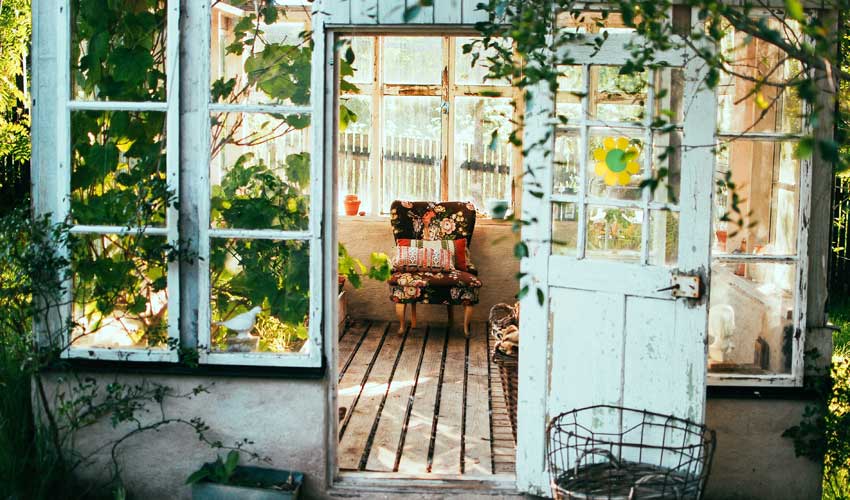Make It Your Home and Not Just a House

Good design must have an organizing concept. But even with a good concept, a house can have all the right finishes, the best materials, the finest appliances, everything can be as perfect as it can be-and yet, the house still doesn’t feel right. Why doesn’t it feel like home?
All architecture is shelter, all great architecture is the design of space that contains, cuddles, exalts, or stimulates the persons in that space.” –Philip Johnson
If you asked me to give you a short answer to the question, “What will make a house be my perfect house?” I would have to say this: Everything should just seem to be in the right place. Unfortunately, the word “seem” is pretty vague. So it follows that the characteristics that will create Your Perfect House are subjective, and the concepts are sometimes difficult to grasp. These are the immeasurable, unquantifiable aspects of architectural design.
These issues relate to emotions and to other sorts of perceptions that can’t be described in feet and inches. It’s a little difficult to get your arms around the concepts we’re going to talk about, which may be the reason many books about designing homes do not even attempt to discuss them. But they are vital for you to be aware of so you can be a full partner with your architect in the design of Your Perfect House. I’ll elaborate upon them in future posts. But for now, here are a few key concepts that take a house beyond simple shelter and elevate it to the status of “home.”
A Home Needs Sequential Progressions-Our Minds Seek Order
We don’t like to go from silence directly to eardrum-shattering noise. We can’t stand turning on a bright light when our eyes have adjusted to the darkness. There has to be a gradual transition, a segue from one thing to another. It’s the same when we enter a house. We are most comfortable if the journey from the public spaces outside the front door progresses through a thoughtfully designed sequence of increasingly more private spaces, eventually ending at the most private spaces.
Don’t Design a Building, Design Spaces
Architects don’t simply design houses. We design spaces. The house is merely the enclosure and definition of those spaces, both inside and outside the house. We think in terms of spaces more than objects.
When architects design houses, they are actually creating spaces within those houses that will work for the people who will be living in them. This is what a good architect is trained to understand. This is what he should have a sixth sense about. What will the spaces feel like? What size is right? What shape and character is best?
Control the Scale-Keep It Human
A room is a stage for human activity. Rooms become important because of what happens within their boundaries. Because the rooms in a house are meant to contain human activities, they should necessarily be sized to match the intended use and therefore always maintain a human scale.
Architects always want to create spaces that match the function for the users. Let’s say that Joe down the street has a dining room that’s 14 by 16 feet. Fred wants to build a house that will be “even better” than Joe’s. Fred might say, “Hey, I don’t have to have a 14-by-16-foot dining room. I can afford a room that’s 20 by 24.” After all, isn’t bigger better? Not always, I say. An architect can help you discover the proper size and proportion a room should have to suit the function and the particular users of that room, just the same way a suit of clothes should fit the wearer perfectly or the clothing will feel awkward and wrong.
Making a house a home is a matter of designing the spaces we live in and not simply erecting a building that will keep the water out and the heat inside. It’s about understanding scale, transitions, progressions, order, and aesthetics.
I hope this information is helpful to you. You might want to get yourself a copy of my best-seller, Designing Your Perfect House. It is chockfull of valuable tips and advice that will save you many times the cost of the book on your house building or remodeling project. You might also like The Well-Centered Home: Simple Steps to Increase Mindfulness, Self-Awareness, and Happiness Where You Live. It will show you how to make your home a happy place.

